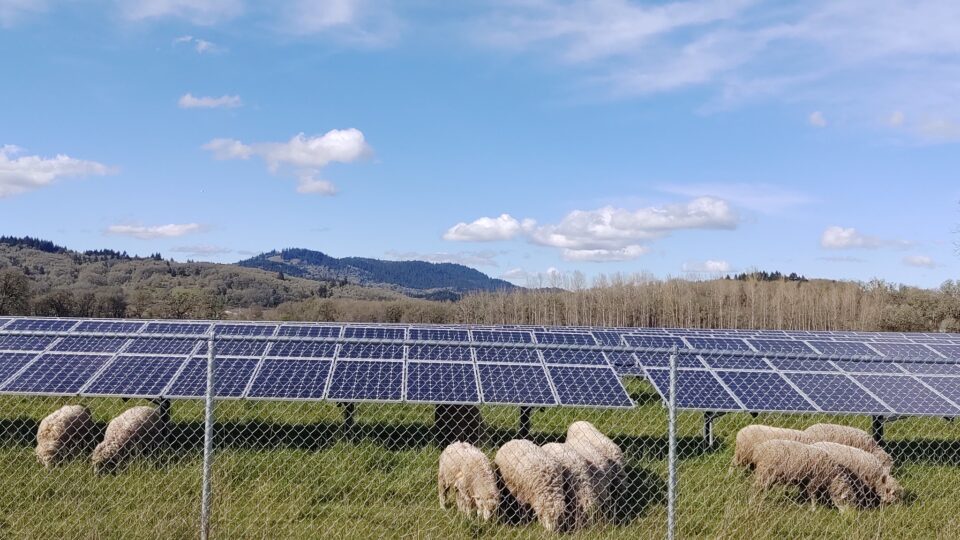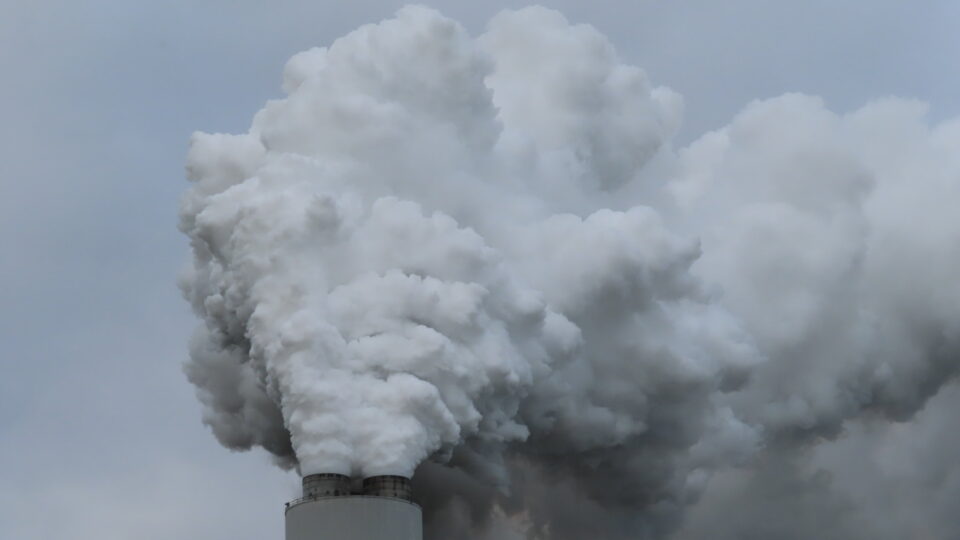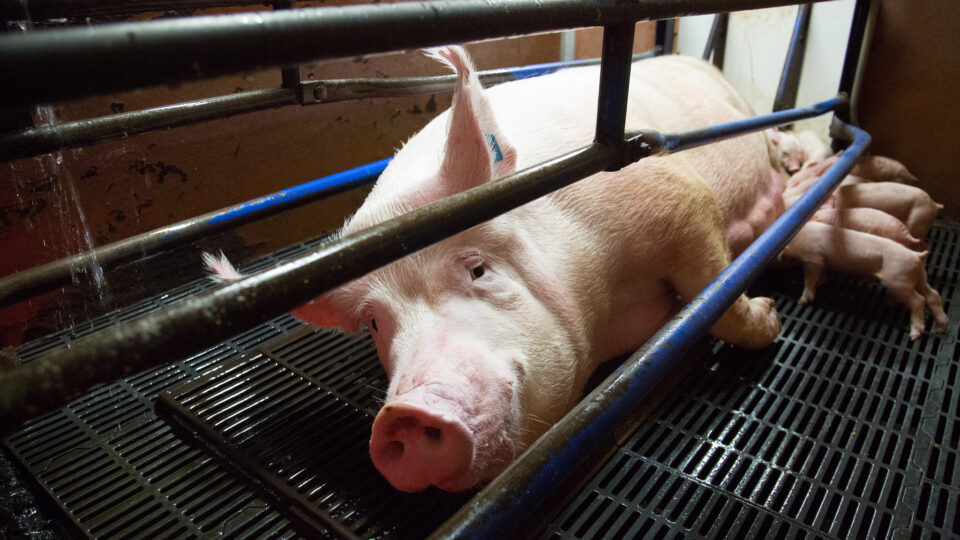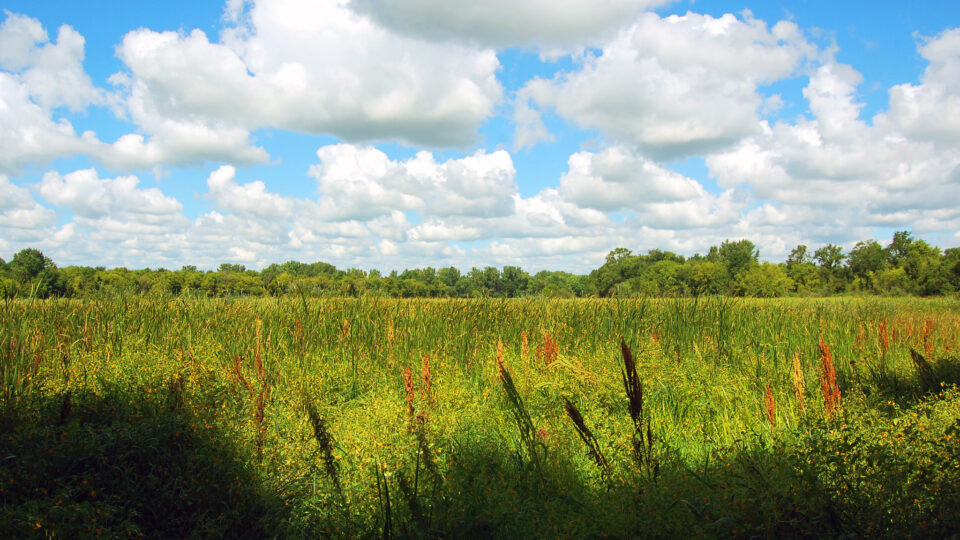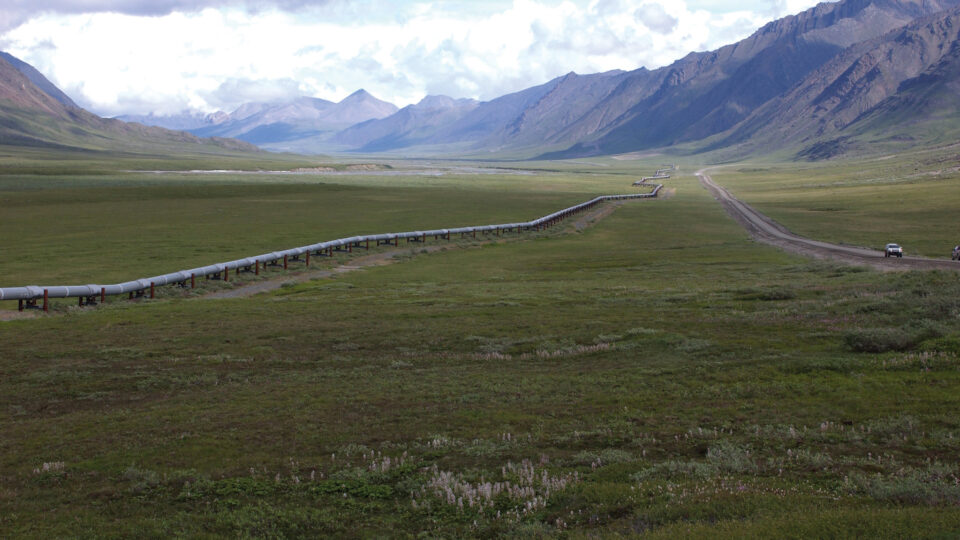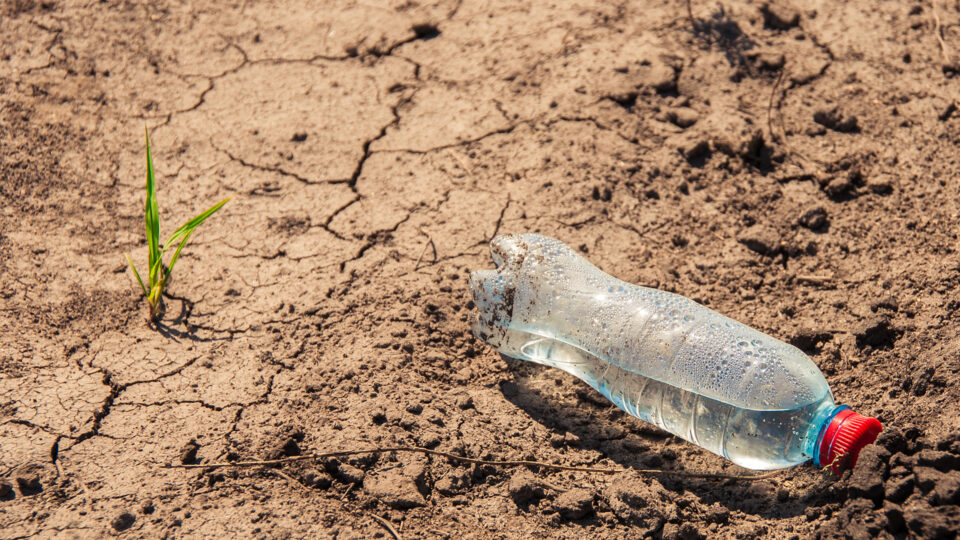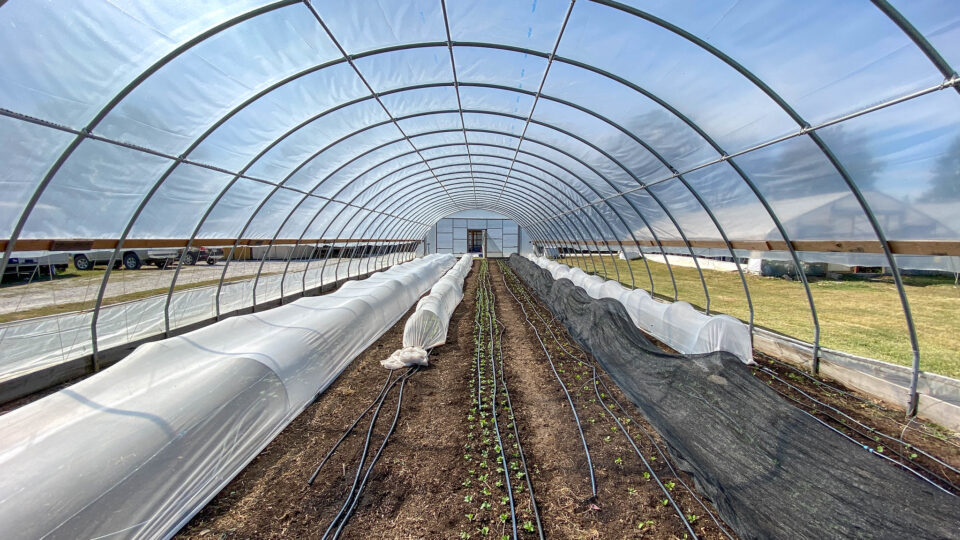Agrivoltaics is the combination of solar power generation with agriculture. Generally, this has involved growing crops under and around solar panels harvesting both food and electricity. More recently, there has been increasing interest in grazing animals to manage lands used for solar power.
Enel North America, a large operator of solar farms and utility-scale battery storage facilities in Texas, has announced a partnership with Texas Solar Sheep Company to deploy more than 6,000 sheep to chow down on the greenery on eight large Texas solar sites. This is the largest known solar grazing agreement executed in the United States
Texas Solar Sheep’s flocks will graze on more than 10,000 acres of land being used for solar generation, an area roughly ¾ the size of Manhattan. Most of these sites are situated in areas with high rainfall and long growing seasons.
The American Solar Grazing Association, an organization with 950 members across 45 states, facilitates research, provides education, and develops best practices in support of a unique population of shepherds and solar developers. Their recent survey estimates that 100,000 acres of U.S. solar sites are currently being chewed on by sheep. Texas has the most installed utility-scale solar power in the country.
According to Enel, its existing solar grazing program has demonstrated substantial improvements in soil health by the additional of organic matter to the soil. Managing vegetation with sheep is also better for pollinators because sheep don’t cut down all plants the way mowing does.
**********
Web Links
No more sheepless nights: Enel inks largest solar grazing contract
Photo, posted April 7, 2020, courtesy of Sean Nealon / Oregon State University via Flickr.
Earth Wise is a production of WAMC Northeast Public Radio
